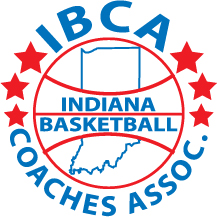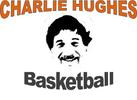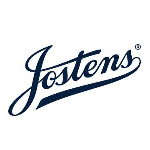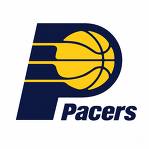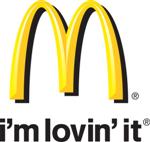Hoosier Hysteria and March Madness are Synonymous
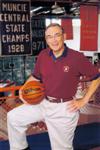 School administrator, coach, referee, historian, author and hall of framer Herb Schwomeyer coined the phrase Hoosier Hysteria in 1970. Schwomeyer is the famed author that published nine editions of the book, Hoosier Hysteria.
School administrator, coach, referee, historian, author and hall of framer Herb Schwomeyer coined the phrase Hoosier Hysteria in 1970. Schwomeyer is the famed author that published nine editions of the book, Hoosier Hysteria.
Going back in time, high school basketball caught on in Indiana like no place in the world. The close proximity of the numerous schools throughout the state made the sport that much more competitive, as each school wanted bragging rights over their neighbor by defeating them in this famed game called basketball.
Interest in basketball was high and since folks did not travel too far from home in the early years of the sport communities kept building bigger and bigger gymnasiums. The gymnasium that Coach John Wooden played in at Martinsville would seat over 5,000 fans even though the town’s population was only 4,800. Amazingly the gym had 16 locker rooms, as the community was in hopes of the state basketball championship games being held in the town of the artesian springs.
In 1928, Butler University opened the famed Butler Fieldhouse, later to be named Hinkle Fieldhouse, which was the largest gymnasium in the world at that time. The same year Muncie opened the Muncie Fieldhouse, which was the largest high school gymnasium for nearly 30 years. Both facilities are still in use today and in remarkable condition.
Coach Wooden shared that approximately half of his games, while playing for Purdue University, were played at Lafayatee Jeff High School, as the school had a larger gym than existed on the West Lafayette campus. High school basketball continued to be the most popular game of the day and the transportation limitations kept people relatively close to home.
As the means of transportation continued to improve an increased interest in the collegiate game began to emerge. The pattern had already been established by Hoosier high schools, as the universities began to build bigger and bigger gymnasiums. Hall of Famer Everett Case left his Indiana roots and migrated to the State of North Carolina. With his encouragement North Carolina State University opened the famed Reynolds Coliseum, which seated 12,400 fans. This was the largest gymnasium throughout the entire “South” for a number of years.
In the mid to late 1940’s the NIT, National Invitational Tournament, was the major tournament for colleges. Eventually the NCAA, National Collegiate Athletic Association, began to emerge as the premier collegiate tournament in the country. The format of play in determining a national champion masked that of the IHSAA, Indiana High School Athletic Association, state championship tournament.
High school basketball in Indiana was and is important to the culture and fiber of the local community. During the 2007-2008 season, it has been reported that a few schools have sold out the gymnasium by half time of the junior varsity game. Although this used to be a common occurrence it is refreshing to witness it happening once again.
The NCAA basketball tournament has continued to increase in popularity. With the exposure of basketball games on television every night of the week and the hype that is provided by newspapers, magazines and radio the collegiate game is BIG. Since the tournament trail occurs in March the slogan “March Madness” was adopted for the college tournament a few years ago.
Little did the early organizers of the Indiana high school state basketball tournament know that it would serve as a model for the collegiate game of today. Likewise, little did Herb Schwomeyer know, as Hoosier Hysteria gripped basketball fans in the State of Indiana, that “Hoosier Hysteria” would eventually lead to the creation of a slogan to encompass the collegiate game. Once again Indiana set the standard that later emerged throughout the country.
